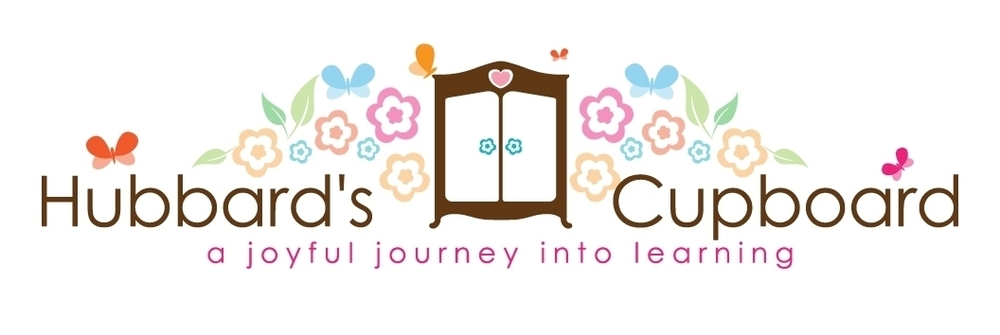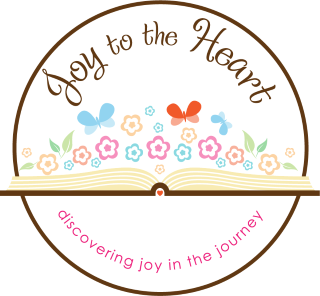Science Related
Individual Student Made Books
My Sunflower Book
Snake Book
The Frog Story
What's Inside? (An Egg Book)
BIG! (A Dinosaur Book)
Butterfly Book
These books were all ideas shared by Kim Lenging. If you have any questions regarding the booklets, please contact her at lengning@adelphia.net .
My Sunflower Book
Prepare all the pieces in advance......rectangles of brown construction paper for the dirt, skinny brown rectangles for the stem, black crayon or markers to draw the roots (drawn onto the brown dirt and then glued onto the page above the text).
This sunflower book is great to make in the Fall or Spring. Leaves and petals can be made by drawing the shapes (like elongated eyeballs), and copying them onto yellow and green construction paper. You can use the same blackline....just increase to 110% for the petals, and reduce to 90% for the leaves.
The book can be made a page a day.
The Pages:
1) See the seed. (Glue on a sunflower seed.)
2) See the roots. (Draw black "roots" onto a piece of brown construction paper that is cut to size and glued onto the page. Round the top so that it looks like soil.)
3) See the stem. (Glue a stem of brown construction paper.)
4) See the leaves. (Cut and glue green leaves next to another stem.)
5) See the petals. (Yellow construction paper petals.)
6) See the sunflower. (Recreate the whole flower.)
For the cover and the final page of the book, the students can glue real sunflower seeds on the middle of the flower. The petals can be criss-crossed to create the flower.
The Cover:
This book looks best when created "tall" instead of "wide". The pointer is a popsicle stick with a sunflower sticker glued on it.
Snake Book
You will need to make an accordian book for each student. The book can be made from a 6" wide strip of rolled butcher or bulletin board paper. The best paper is about 36" wide, so cut into 6" strips, you can make a 6"x36" accordian book. Yellow or white paper makes a nice book.
Create the accordian book by folding the strip in half lengthwise, then folding EACH half section into thirds. This way you have an accordian book with six sections. Reinforce your folds by folding them over and over so the book can be manipulated easily. Each section of the book will display one line of the poem 'The Boa' by Douglas Florian from the book Beast Feast.
The students illustrate the book by drawing a boa......a long snake. The snake's head is at the beginning and the tail ends up in the last section. They decorate their boas by coloring them with crayons, markers, or paint--(painting is the easier method because of the length of the boa). A crayon resist snake looks good also.
The Pages:
You can create sentence strips for the poem parts, or the students can do the writing on each section themselves. The students enjoy this "play on words"! Remember, one line of the poem in each section.
1) Just when you think
2) you know the boa,
3) there's moa,
4) and moa,
5) and moa,
6) and moa!
The Cover:
The head of the boa is on the cover with the title, The Boa. Make sure he has a tongue! Encourage a patterned design and eye details.
The Frog Story
Each page needs a simple blackline or die-cut of a frog which the students color and glue onto the pages.
The Pages:
1) See the frog. Waiting, waiting!
2) Hear his voice. Ribbit, ribbit!
3) See his eyes. Blink, blink!
4) Hear the fly. Buzz, buzz! (The fly here and on page 5, can easily be made by dipping the end of a pencil eraser into black paint, and dabbing it onto the paper and page five's tongue. Wings can be added with a pencil.)
5) See his tongue. Slurp, slurp! (The tongue is a long skinny piece of pink paper rolled around the student's pencil so that it "rolls". There is a fly on the tongue.)
6) Hear the alligator. Shhh, shhh! (The 'suggestion' of an alligator is added to page 6 and 7, by gluing 2 wiggly eyes behind the frog, up towards the top left side of the page.)
7) See the frog. Uh oh!
8) Hear his legs. Boing, boing! (The legs "boing" right off the right side of the page, with 'swish' marks to suggest movement. The legs can be blacklined on the page, or cut and glued by the students.)
The Cover:
The students can draw a green lily pad on a yellow construction paper cover, and glue a die-cut or colored blackline frog onto the pad. The title, "The Frog Story", can be typed in a rainbow fashion on a word processor, and glued above the frog's head. The marker can be a popsicle stick with a fly painted on it as done on pages 4 and 5, or hot glue a plastic fly on the end.
What's Inside?
(An Egg Book)
This can be a layered shape book, but it works just as well if all the egg shapes are the same size. The students enjoy the layered "effect" once this book is finished. You can't tell that it is a layered book from the outside....the pages reduce in size as you go along. Size does not matter much, but it does seem to layer best if the largest egg shape (the cover and page one) is about 6 inches wide and 8.5 inches long. The book also works best if the writing and shapes are laid horizontally as if the egg is laying on its side.
You will need white, blue, green, purple, yellow, pink, and salmon (or tan) construction paper. With the smaller egg shapes, you can fit more than one egg on the blackline and duplicate onto the colored paper. The cover, white, and blue, however, are the larger eggs, and only one shape will fit per blackline. A suggestion is to create your largest egg, then use the 'reduction' button on your copier to create the smaller sizes.
The sentence strips are created with a word processor. The students can cut the sentences apart off a blackline, and glue them onto the egg shapes, or you could include the sentences on the blackline of the egg shapes.
The Pages:
1) White egg: "Inside the white egg is a turkey." (students draw a turkey.)
2) Blue egg: "Inside the blue egg is a fish." (students draw a fish.)
3) Green egg: "inside the green egg is a turtle." (students draw a turtle.)
4) Purple egg: "Inside the purple egg is a snake." (students draw a snake.)
5) Yellow egg: "Inside the yellow egg is a chick." (students draw a chick.)
6) Pink egg: "Inside the pink egg is a snail." (students draw a snail.)
7) Salmon egg: "Inside the speckled egg is...THE END!" (students dot the smallest page with dots of markers, colored pencils, or crayons.)
The Cover:
The cover is made from white or manila construction paper. The title, "What's Inside?" is glued on, and the egg is colorfully decorated like an Easter egg with chalk pastels, markers, crayons, or watercolors. The pointer is a small egg sticker glued onto the tip of a popsicle stick.
BIG!
(A Dinosuar Book)
The students each get two simple dinosaur blacklines, possibly "long neck"--brachiosaurus. One blackline must be larger for the 'effect'. Students color both dinosaurs. The larger dino will be cut up by the student in accordance with the text written on the page. The appropriate body part will be glued on the correct page.
The Pages:
1) Big feet. (student glues dino feet)
2) Big tail. (student glues tail)
3) Big neck. (student glues neck)
4) Big head. (student glues head)
5). Big body. (student glues body)
6) Big appetite (child draws or glues a picture of a tree)
7) Little brain. (student glues a dried pea)
8) Big word! (student glues smaller dino picture, and either stamps or cuts the letters out in square blocks to spell and glue d-i-n-o-s-a-u-r)
The Cover:
The cover could be any color. Title: "Big Parts", "Big Things", or just plain "Big!". The title could be run off in sentence strips which the students could glue on. They could decorate with dinosaur stamps or stickers, or making dinosaur tracks. The "marker" is a popsicle stick with a dinosaur sticker glued to one end.
Butterfly Book
The artwork in this book is made with butterfly life cycle stamps. These stamps can be purchased online at InsectLore.com
The book is created using three sheets of light blue, yellow, light green, or white construction paper cut lengthwise--6x18--and folded in half and stapled. Light colors work best because the students will need to be able to SEE the stamps!. Three 12x18 sheets will make two six-page books.
The Pages:
The text for the pages can be done many ways. You can make sentence strips which the students cut and glue onto the page. The students can print their own sentences copying from your model. They also can fill in the blanks on a cloze sentence which you have prepared. For example, "I am a ________!" or "I ______ and _______." The students may also add, with their printing or by cutting and gluing what you have made, little "sound bites" to the pages, such as "chomp, chomp", "waiting, waiting", "zoom, zoom" or "flit, flit". The students may color the stamped art with fine point markers or colored pencils.
1) First, I am an egg.
2) Then, I eat and eat.
3) Second, I form a chrysalis.
4) Then I wait and wait.
5) Finally, I am a butterfly!.
The Cover:
The cover may be decorated as the student wishes. Possibilities are to use all of the stamps, sponge paint, or original artwork. A three dimensional cover could be made by making a leaf rubbing or construction paper leaf, then adding a painted black pipe cleaner caterpillar, a teeny pom-pom egg, and a chrysalis made with masking tape wrapped around a little stick or piece of chalk and painted light green.








